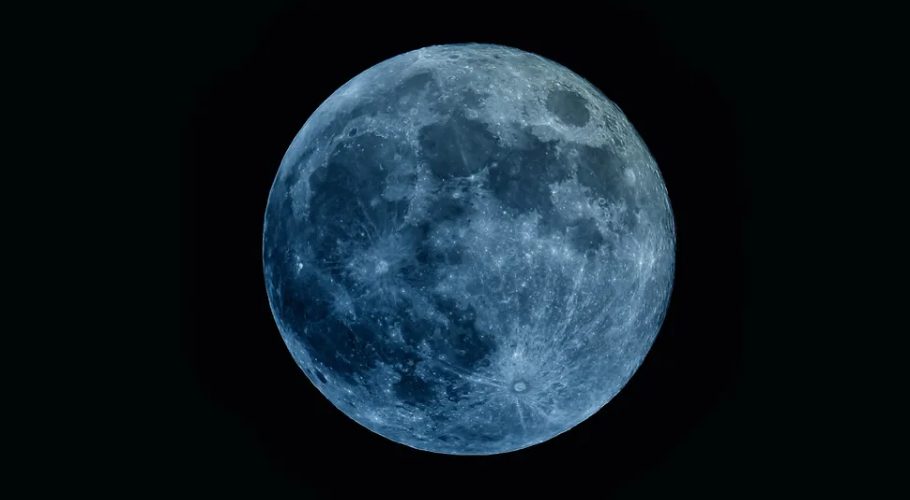Heard of the term ‘once in a blue moon’? The rare celestial event will grace the skies on the night of August 30 (today).
The event is made even more interesting due to the phenomenon called ‘Super Moon’ which makes the moon appear slighter bigger and brighter. Moreover, the event is made even more special with the moon close approaching the planet Saturn.
A ‘Super Moon’ occurs when the full moon’s orbit brings it closest to Earth during its elliptical path around our planet. At its farthest point, the moon stands around 405,500 KM away known as apogee.
This will be the largest of the four supermoons occurring this year and the moon will be at a distance of 357,344 kilometers from the Earth which will make it appear larger than average.
Moreover, the term “blue moon” refers to the occurrence of two full moons within a single calendar month, and it has nothing to do with the moon’s colour.
A full blue moon happens about once every 2.7 years on average. However, it won’t appear blue as it only happens even more rarely.
What is a blue moon?
There are two different kinds of blue moons. According to NASA, a seasonal blue moon is recognized as the third full moon within a season containing four full moons.
A monthly blue moon pertains to the second full moon occurring within a single calendar month and originated due to a misinterpretation of the initial definition.
It takes the Moon 29.5 days to go through each phase, which equates to 354 days for 12 complete cycles. Since there are around 366 days in a year, there is only the 13th full moon every two and a half years. This extra full moon is known as a “blue moon”.
A blue moon is a rare occurrence. On average, a full moon occurs every 29 days. A month may occasionally have two full moons, as most months have 30 or 31 days.
Blue moons usually occur once every two and a half years. Unusually, in 2018 there were two blue moons just two months apart, one of which was a lunar eclipse.
It happens about every 10 years that a blue moon and a super moon coincide on the same night; the next time will be in January and March 2037, which is another 14 years away.





































